Symphyotrichum novae-angliae ‘Barr’s Pink’
£6.45
An upright, clump forming perennial with semi-double, bright pink flowers with a golden-yellow centre that continue right through until the end of autumn. Height 1.2m. Spread 75cm. Full sun/partial shade. Well-drained soil. High mildew resistance. Hardy. Attracts bees and butterflies.
Previously known as Asters
Description
Symphyotrichum novae-angliae ‘Barr’s Pink’ is a beautiful clump-forming perennial, celebrated for its bright pink semi-double flowers and golden-yellow centres. It thrives in well-drained soil and offers vibrant blooms from late summer into autumn, making it a favourite for pollinators and gardeners alike. Follow this guide to help your Symphyotrichum novae-angliae ‘Barr’s Pink’ flourish.
PLANTING and AFTERCARE GUIDE
Best Planting Time
- Spring: Planting in spring allows Symphyotrichum novae-angliae ‘Barr’s Pink’ to establish its roots before the active growing season, ensuring robust development and an impressive display of flowers.
- Autumn: Planting in early autumn gives the perennial time to settle before dormancy, leading to stronger growth in the following year.
Site Selection
- Sunlight: For optimal growth, plant Symphyotrichum novae-angliae ‘Barr’s Pink’ in a location with full sun or partial shade. Ensure the plant receives at least 6 hours of sunlight daily for healthy blooms.
- Soil: Choose a well-drained soil that retains enough moisture without becoming waterlogged. Amending the soil with organic matter like compost can improve fertility and structure, creating the perfect environment for Symphyotrichum novae-angliae ‘Barr’s Pink’.
Planting Instructions
- Prepare the Hole: Dig a hole twice the width and the same depth as the root ball to give the roots ample space to grow.
- Amend the Soil: Mix compost or organic matter into the soil to provide nutrients and improve drainage.
- Planting: Place your Symphyotrichum into the prepared hole, ensuring the top of the root ball is level with the soil surface. Gently backfill the hole, firming the soil around the roots.
- Watering: Water thoroughly after planting to help settle the soil and encourage root establishment.
Watering Requirements
- Growing Season: During the active growing season, water regularly, especially during dry spells, ensuring the soil stays consistently moist but not soggy. Symphyotrichum appreciates even moisture for healthy blooms.
- Dormant Season: Reduce watering significantly during the dormant season, watering only if the soil becomes excessively dry.
Feeding
- Early Spring: Apply a balanced fertiliser in early spring to give your Symphyotrichum a strong start to the season, encouraging vigorous growth and abundant blooms.
- Mid-Summer: A light feeding in mid-summer helps sustain flowering through the later months.
Pruning and Maintenance
- Deadheading: Regularly remove spent blooms to extend the flowering period and maintain a tidy appearance. Deadheading also encourages new flowers to form on Symphyotrichum novae-angliae ‘Barr’s Pink’.
- Autumn Pruning: After the final blooms fade, cut back the plant to ground level in autumn. This prepares the plant for dormancy and promotes strong growth in the next season.
Mulching
- Spring Mulch: Apply a layer of organic mulch around the base of the plant in spring. This helps retain soil moisture, suppress weeds, and regulate soil temperature.
- Winter Protection: Mulch during winter to insulate the roots and protect the plant from frost heaving.
Supporting the Plant
- Staking: While Symphyotrichum novae-angliae ‘Barr’s Pink’ has sturdy stems, staking may be required in windy conditions or if the plant becomes top-heavy when in full bloom. Use discreet garden stakes to support the plant if necessary.
Final Tips
Symphyotrichum novae-angliae ‘Barr’s Pink’ is a hardy perennial that adds elegance to gardens with its long-lasting blooms and pollinator-friendly flowers. By planting it in a sunny or partially shaded location with well-drained soil, and following proper care, this Symphyotrichum will thrive, providing vibrant colour and attracting bees and butterflies to your garden each autumn.
Additional information
| Pot Size |
|---|



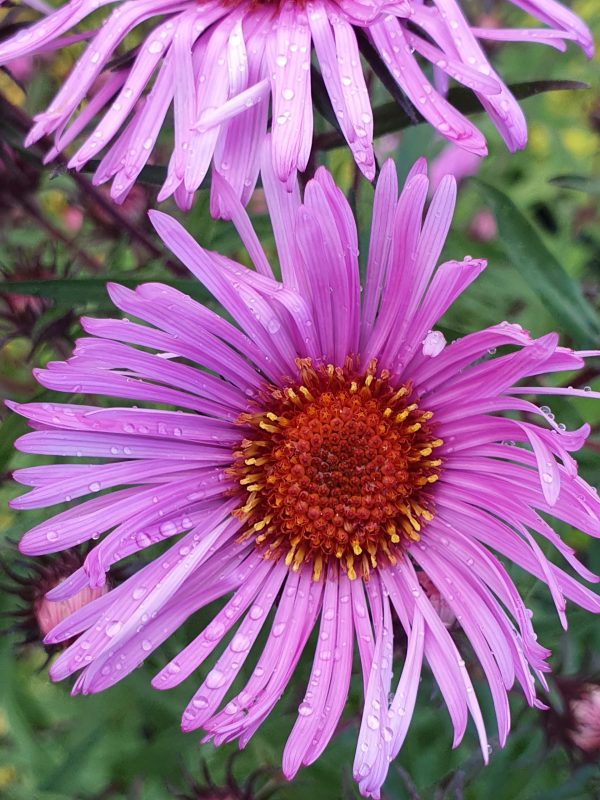
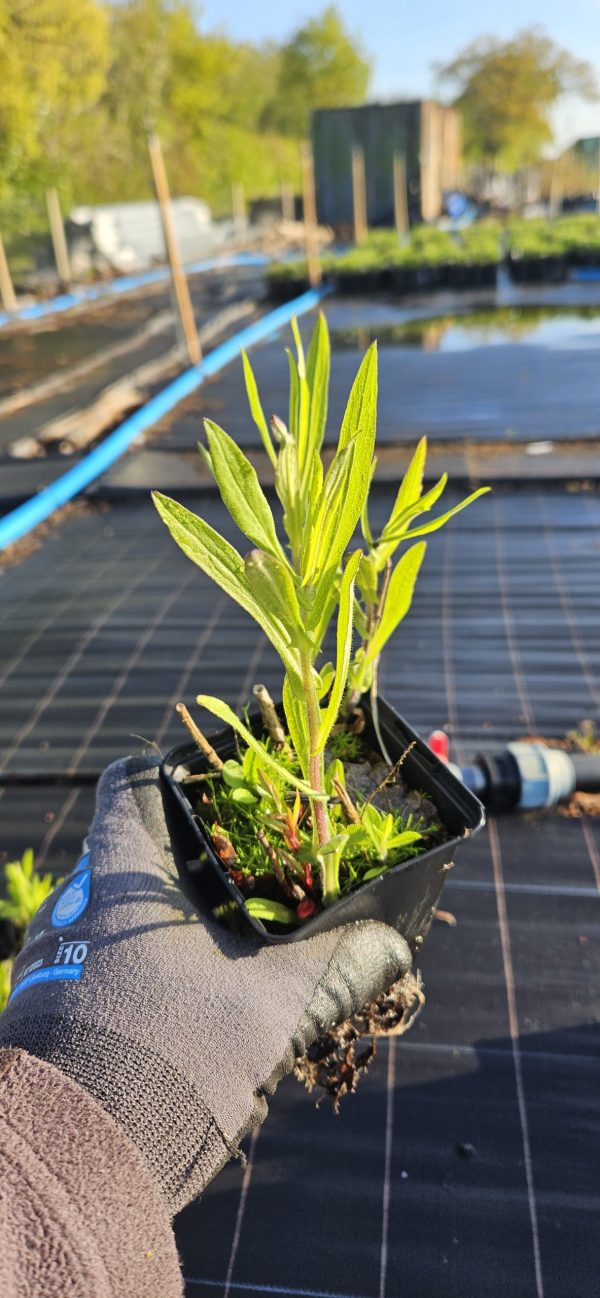
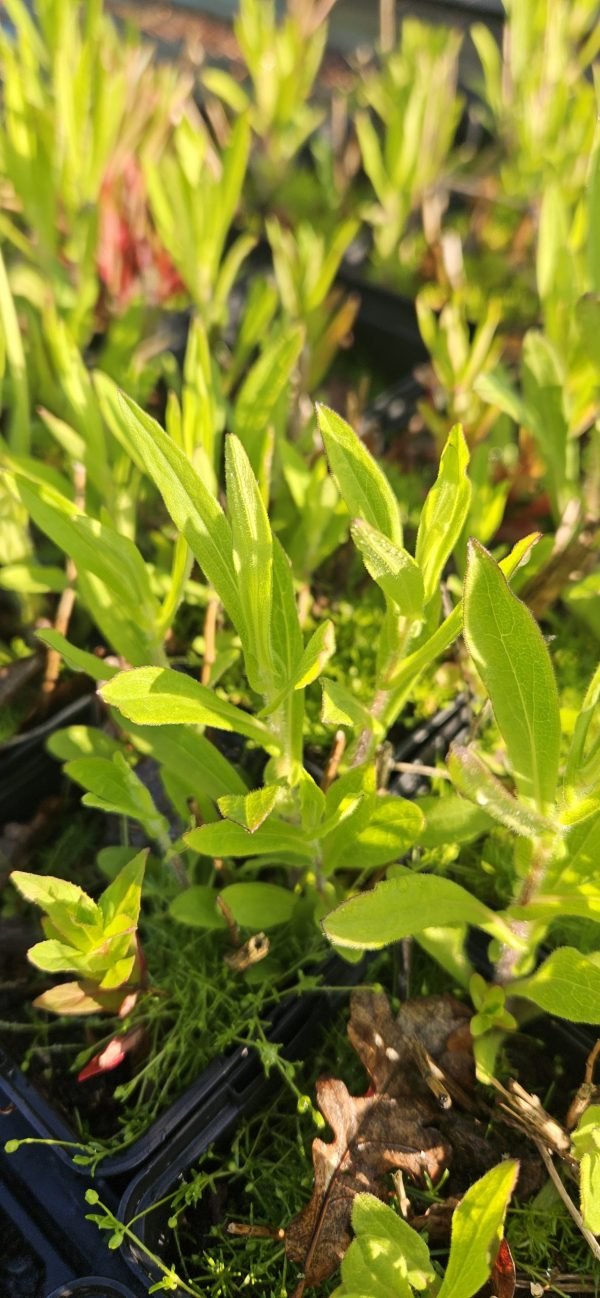
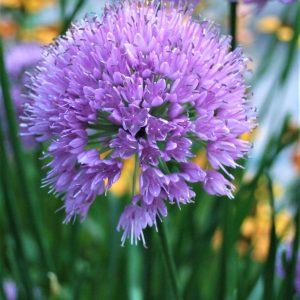
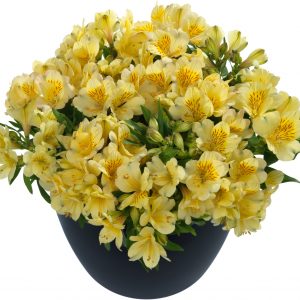

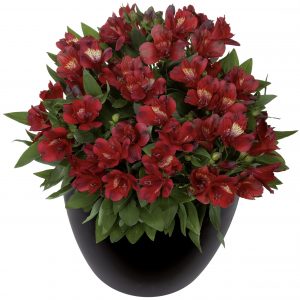
Reviews
There are no reviews yet.